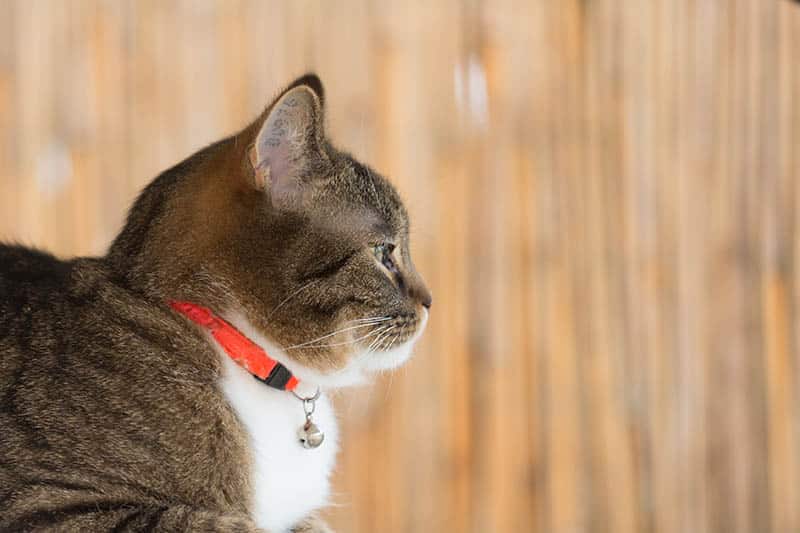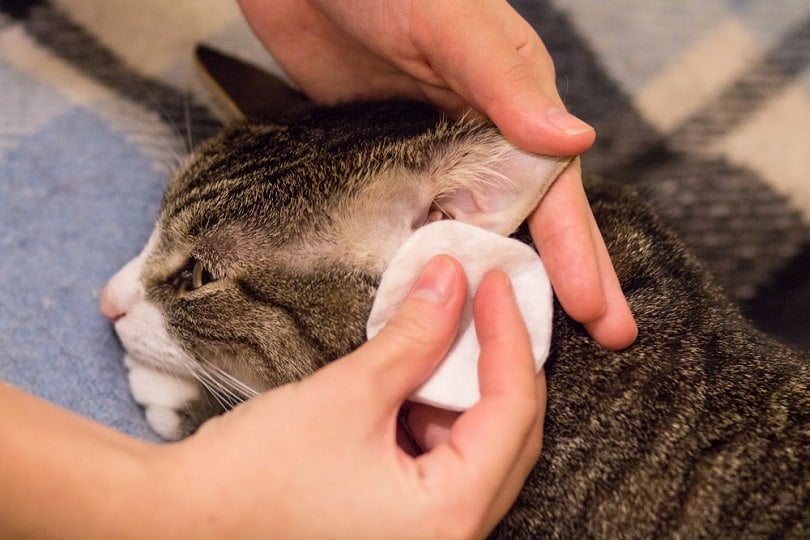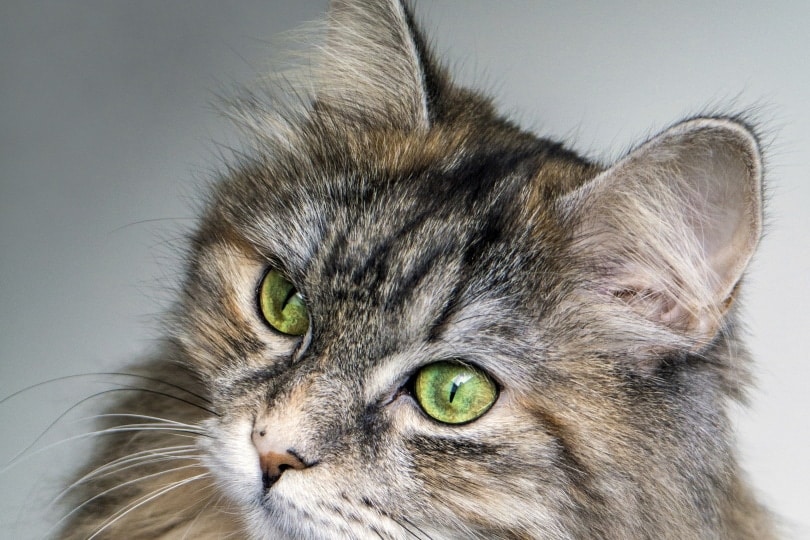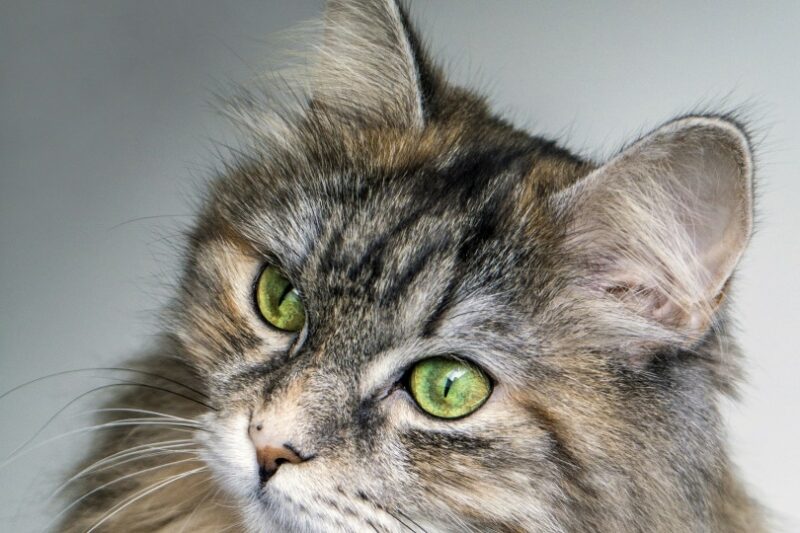Click to Skip Ahead
It’s not where we would choose to have a pocket, but Henry’s Pocket isn’t there for cats to keep their keys and change in! So, yes, it is true that cats have a little pocket on the sides of their ears known as Henry’s Pocket.
Cats are pretty fascinating, from their nine lives to how they always manage to land on their feet. But Henry’s Pocket is one of the most intriguing aspects of the feline anatomy because it’s a mystery. All cats have one, but we have no idea what Henry’s Pocket actually does. However, we have some theories.
Cat Ears
Cats have 32 muscles in each ear, which means they have nearly twice as many as most dogs. These muscles allow cats to move their ears independently of one another, and they can also hear an octave higher than dogs and an octave and a half higher than humans.

Cat ears are specifically designed to funnel sound, which is ideal for locating prey. Henry’s Pocket is more technically called a cutaneous marginal pouch. This long name is more of a description than anything else, it is made from skin, is on the outside margin of the ear flap (pinna), and forms a pouch. It could be that Henry’s Pocket aids in cats detecting higher-pitched sounds by muffling lower-pitched sounds.
Alternatively, it’s there to assist with the rotation of the ear when the ear needs to flatten. This generally happens when a cat is scared or in pain. However, these are just theories.
- Extra cuteness
- Assists with sound location
- Helps your cat ignore you
Do Other Animals Have Henry’s Pocket?
Some dogs, weasels, and bats share this mysterious feature with cats. It’s logical to assume that it serves the same purpose for all of these animals, but since we don’t know precisely what it does, we can only assume it has something to do with aiding the ears for hunting purposes.
Is It Safe to Clean My Cat’s Ears and the Henry’s Pocket?
Some cats don’t need much work regarding ear cleaning, but it is generally safe to gently clean a cat’s ears. Some suffer from a build-up of wax and dirt, while other cats might be susceptible to ear infections.
The one thing we know about Henry’s Pocket is that ticks and fleas love to hang out in there, so when checking your pet for parasites, inspect the little pockets. If you are going to clean your cat’s ears, you need a gentle hand, a cotton ball, and a kitty ear cleanser.

Final Thoughts
Cats have something called Henry’s Pocket on the sides of their ear flaps. It’s a feature they share with a handful of other animals, but despite this, it’s still a mysterious little addition to their ears. There are a few theories about its function, from helping to move the ear to masking sounds so cats can locate and hunt down prey.
We find our cats fascinating; they can be fun, mischievous, determined, and loud, and they’re such important family members. But it turns out they are also still quite mysterious! Henry’s Pockets are soft and cute, and that’s all we know about them for sure!
Featured Image Credit: Ali Khaled2020, Shutterstock











